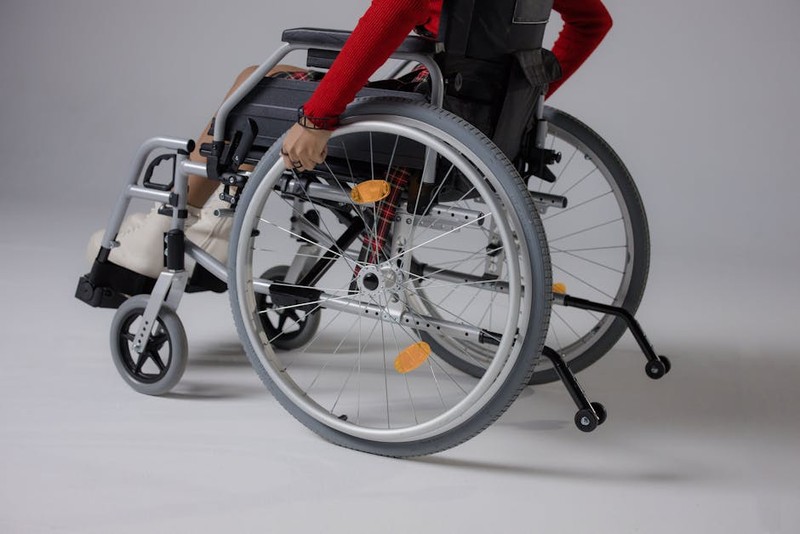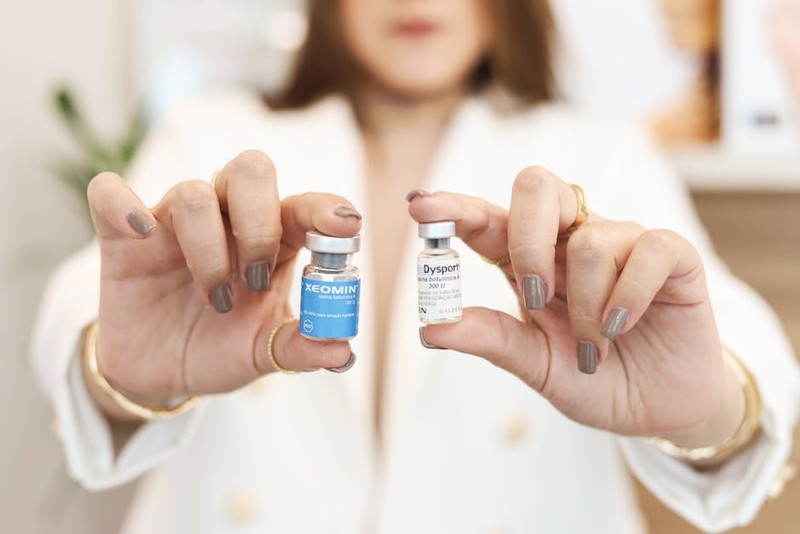The Hidden Challenge: EDM in FDA-Regulated Environments
Medical device manufacturers face a paradox: EDM’s precision is unmatched, yet its thermal effects and material interactions can jeopardize FDA compliance. Unlike conventional machining, EDM doesn’t rely on mechanical force, making it ideal for delicate geometries in titanium or nitinol. However, the process introduces:
– Recast layer formation: A thin, hardened layer that can affect biocompatibility.
– Micro-cracking: Risk of fissures in critical components like bone screws or pacemaker parts.
– Surface contamination: Residual dielectric fluid posing cleanliness challenges per FDA 21 CFR Part 820.
In one project, we encountered a titanium spinal implant with 0.005mm tolerance requirements—traditional milling caused tool deflection, while EDM risked recast layers. Here’s how we solved it.
Case Study: Titanium Spinal Implant with Zero Compromise
The Problem
A client needed 5,000 FDA-compliant titanium spinal fusion cages monthly. Initial CNC milling led to:
– 15% scrap rate due to tool wear.
– Post-processing bottlenecks (hand polishing added 2 hours/part).
The EDM Solution
We switched to sinker EDM with adaptive pulse control, optimizing:
| Parameter | Initial Value | Optimized Value | Result |
|---|---|---|---|
| Pulse Duration | 50 µs | 6 µs | 40% thinner recast layer |
| Dielectric Flow | 2 L/min | 5 L/min | Reduced debris adhesion |
| Electrode Material | Copper | Graphite | 20% faster wear rate |
Outcome:
– 30% faster cycle times vs. milling.
– Surface roughness (Ra) of 0.8µm, eliminating hand polishing.
– Zero non-conformances in FDA audits due to validated dielectric flushing.
Expert Strategies for FDA-Compliant EDM

1. Material Matters: Beyond Titanium
- Nitinol: Use low-energy settings to prevent phase transformation.
- Stainless Steel 316L: Post-EDM electropolishing is mandatory to restore corrosion resistance.

2. Dielectric Fluids: The FDA’s Silent Concern
Hydrocarbon-based fluids can leave residues. Deionized water-based dielectrics are preferable but require:
– Daily resistivity checks (target: >1 MΩ·cm).
– Validation protocols per ISO 13485.
3. Process Validation: Data Wins Audits
- Document every parameter (e.g., pulse frequency, off-time).
- Conduct DOE (Design of Experiments) to prove consistency.
- Example: A DOE for a coronary stent showed a 0.02mm variance across 10,000 parts.
The Future: Hybrid EDM and Additive Manufacturing
Emerging hybrid EDM-3D printing systems allow:
– Direct machining of additive-manufactured parts (e.g., lattice structures).
– In-situ quality checks via AI-driven spark monitoring.
Pro Tip: For FDA submissions, include EDM process validation reports alongside material certifications—this accelerates approvals.
Key Takeaways
- EDM excels in precision but demands rigorous control for FDA compliance.
- Recast layers and dielectric fluids are the top risks—mitigate with adaptive pulse settings and deionized water.
- Validation is non-negotiable: Document DOE results and in-process checks.
By treating EDM not just as a machining method but as a validated medical manufacturing process, you unlock its full potential while sailing through FDA audits.
Have a challenging EDM-FDA project? Share your specs—I’ve likely tackled something similar.
